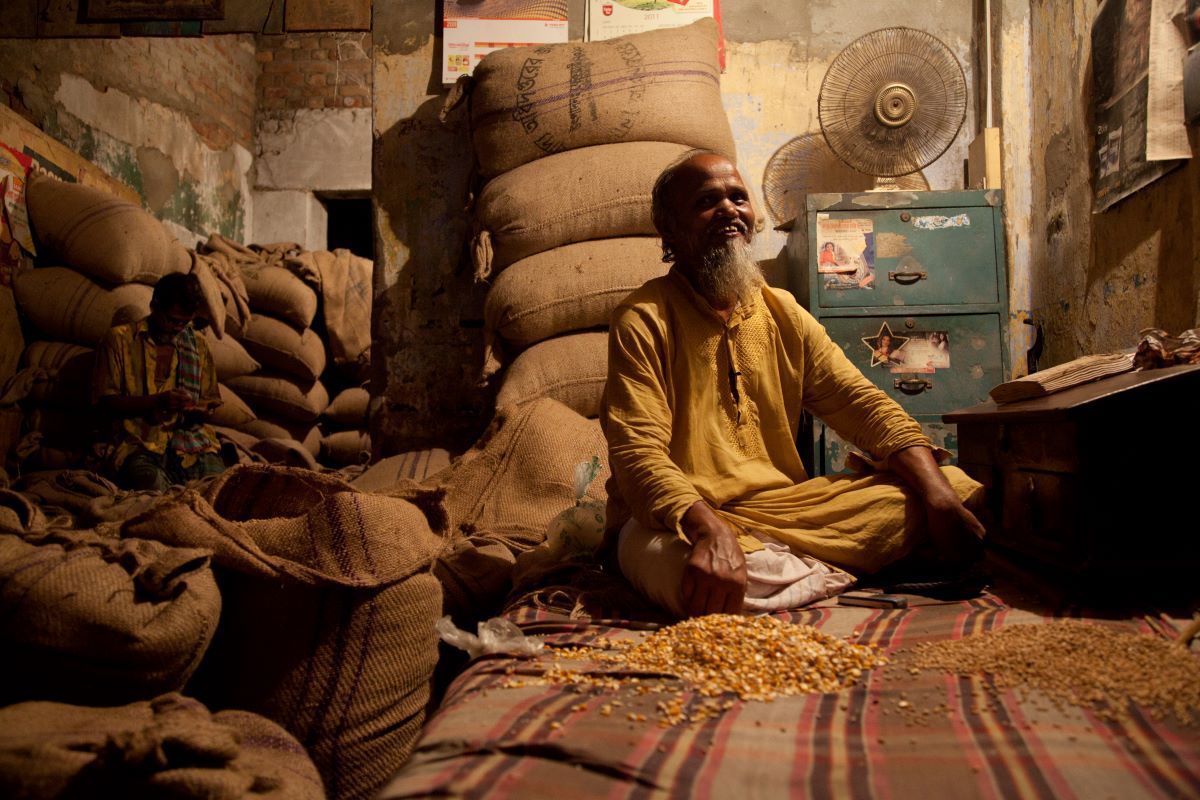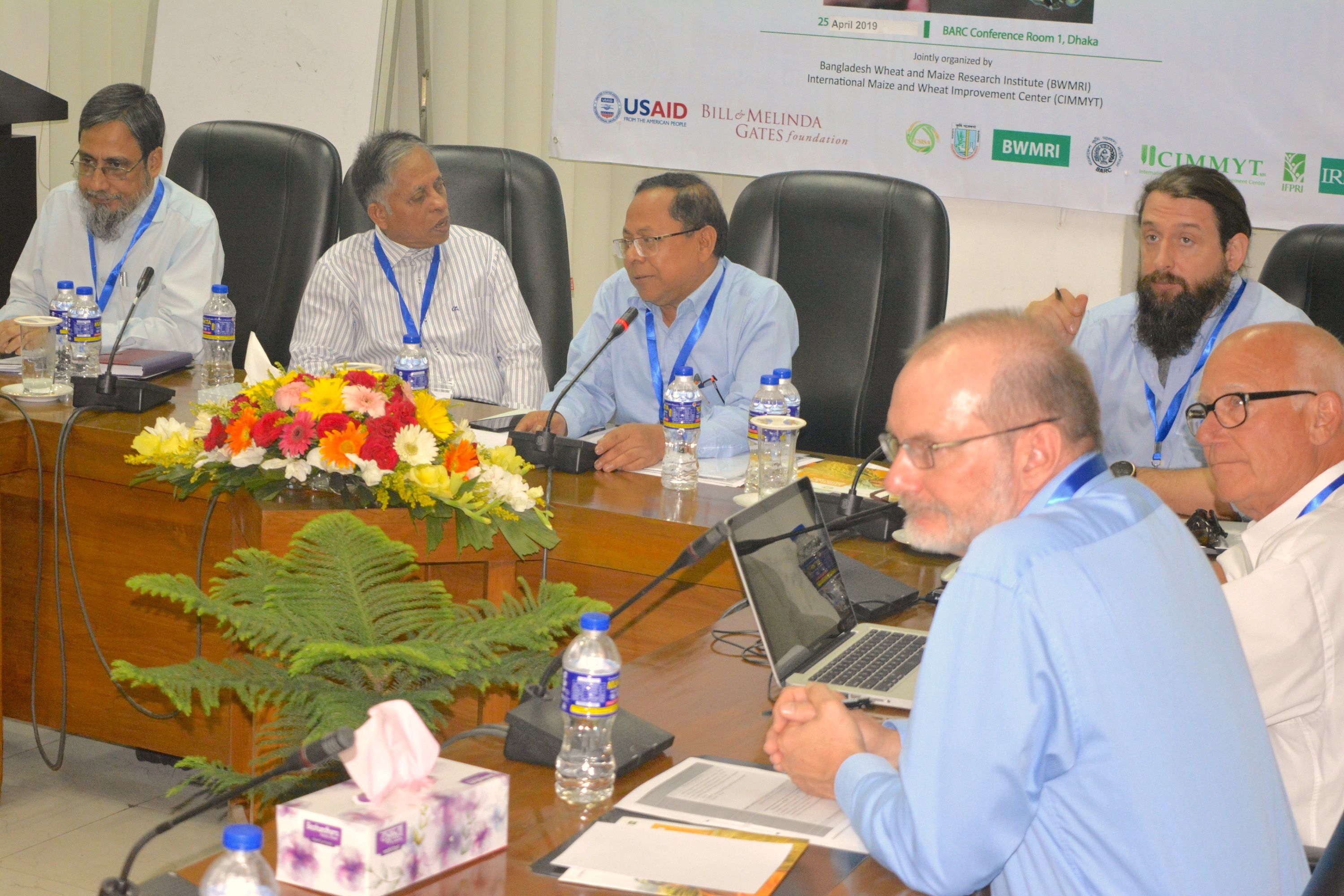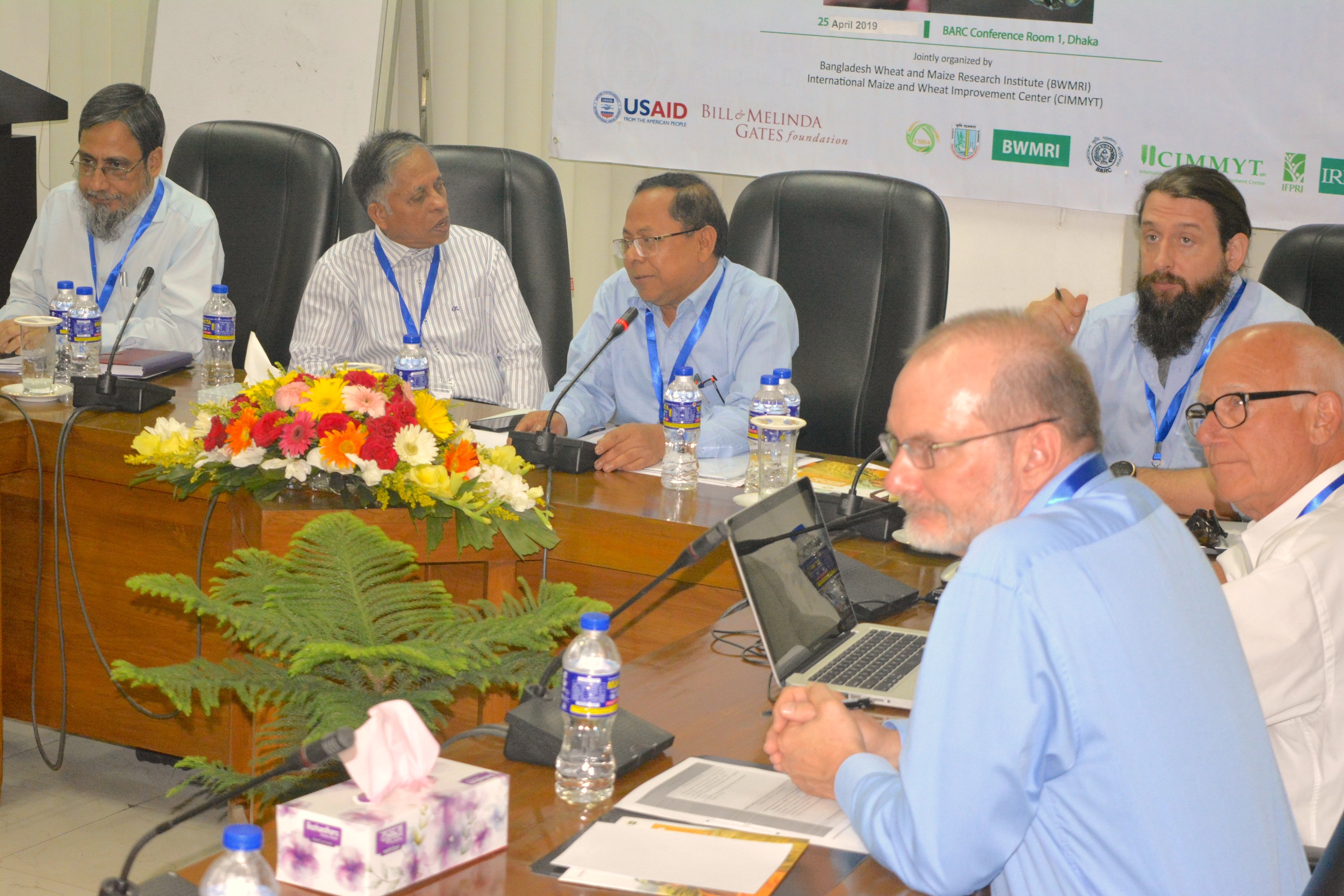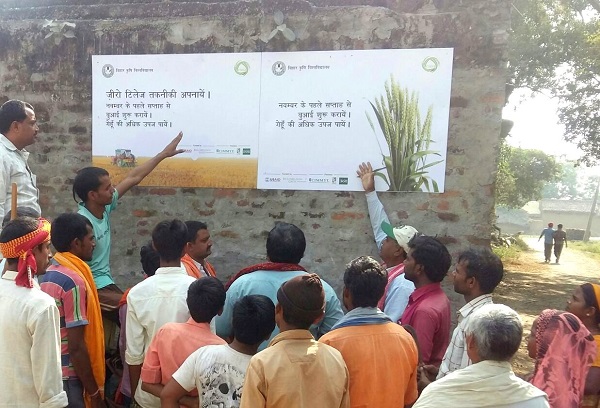Intercropping
The Intercropping project aims to identify options for smallholder farmers to sustainably intensify wide-row crop production through the addition of short-duration, high-value intercrop species and to help farmers increase their productivity, profitability and nutrition security while mitigating against climate change.
The focus is on intensification of wide-row planted crops: dry (rabi) season maize in Bangladesh, eastern India (Bihar and West Bengal states) and Bhutan, and sugarcane in central north India (Uttar Pradesh state). The primary focus is to sustainably improve cropping system productivity, however, the effects of wide-row, additive intercropping at the smallholder farm level will be considered, including potential food and nutrition benefits for the household.
There are many potential benefits of wide-row, additive intercropping, beyond increased cropping system productivity and profitability: water-, labor- and energy-use efficiencies; improved nutrition and food security for rural households; empowerment for women; and (over the longer term) increased soil health.
Little research has been conducted to date into wide-row, additive intercropping (as distinct from traditional replacement intercropping) in South Asian agroecologies. To successfully and sustainably integrate wide-row, additive intercropping into farmers’ cropping systems a range of challenges must be resolved, including optimal agronomic management and crop geometry, household- and farm-scale implications, and potential off-farm bottlenecks.
This project aims to identify practical methods to overcome these challenges for farming households in Bangladesh, Bhutan and India. Focusing on existing wide-row field crop production systems, the project aims to enable farmers to increase their cropping system productivity sustainably and in a manner that requires relatively few additional inputs.
Project activities and expected outcomes:
- Evaluating farming households’ initial perspectives on wide-row, additive intercropping.
- Conducting on station replicated field trials into wide-row, additive intercropping, focusing on those aspects of agronomic research difficult or unethical to undertake on farms.
- Conducting on farm replicated field trials into wide-row, additive intercropping.
- Determining how wide-row, additive intercropping could empower women. Quantify the long-term benefits, risks and trade-offs of wide-row, additive intercropping.
- Describing key value/supply chains for wide-row, additive intercropping. Determine pathways to scale research to maximize impact.
- Quantifying changes in household dry season nutrition for households representative of key typologies in each agroecological zone.




